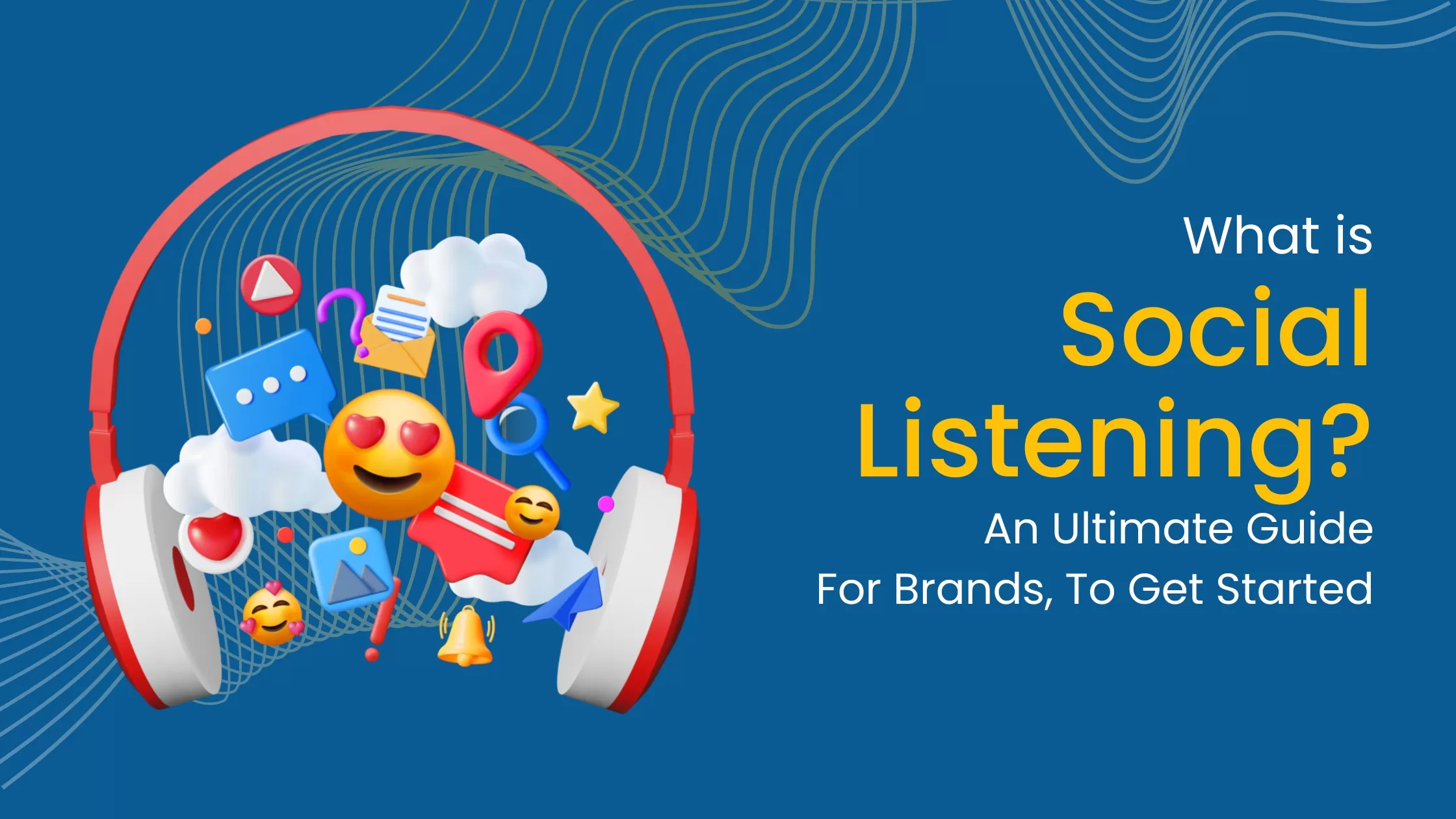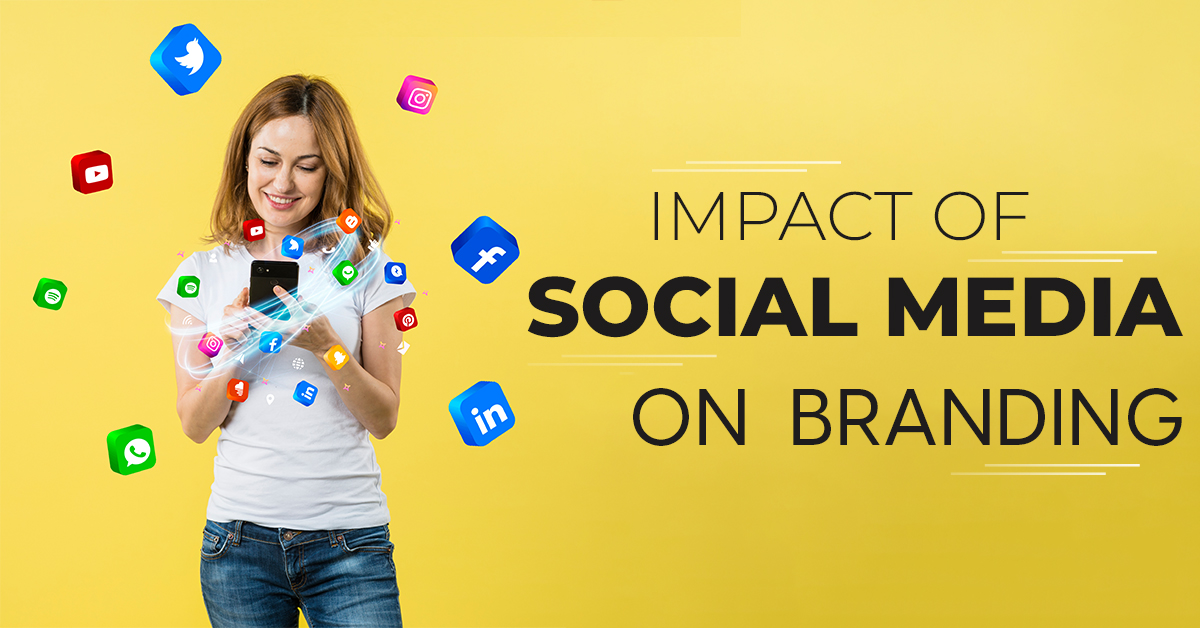09 December
The Role of Social Listening in Digital Marketing: Understanding and Responding to Customer Sentiment
published
November 23topics
# Social Listening in Digital MarketingIn today's digital landscape, businesses are constantly seeking ways to stay connected with their customers and gain valuable insights into their preferences and needs. One powerful tool that facilitates this process is social listening. By monitoring and analyzing online conversations, businesses can gain a deeper understanding of customer sentiment, identify trends, and respond effectively. In this blog post, we will explore the role of social listening in digital marketing and discuss how it can be leveraged to drive success.
Understanding Social Listening
The Importance of Social Listening in Digital Marketing
- Customer Insights: Social listening allows businesses to tap into the thoughts, opinions, and emotions of their target audience. By understanding customer sentiment, businesses can tailor their marketing strategies and offerings to meet their customers' needs effectively
- Reputation Management: By actively monitoring online conversations, businesses can identify and address any negative sentiment or potential PR crises promptly. This enables them to protect their brand reputation, mitigate damage, and engage in timely damage control
- Competitive Intelligence: Social listening provides an opportunity to gather valuable insights about competitors. By analyzing their online presence, customer feedback, and marketing campaigns, businesses can identify gaps in the market and position themselves strategically
- Content Strategy and Campaign Optimization: Social listening helps businesses understand the topics, trends, and content formats that resonate most with their target audience. This information can be used to create relevant and engaging content, optimize marketing campaigns, and improve overall customer engagement
Effective Strategies for Social Listening
- Define Clear Objectives: Before embarking on social listening, clearly define the goals and objectives you want to achieve. This will help you focus your efforts and measure success effectively
- Select the Right Tools: Numerous social listening tools are available that can help you monitor online conversations effectively. Choose a tool that aligns with your needs and provides comprehensive analytics and reporting features
- Monitor Relevant Keywords and Topics: Identify the keywords, hashtags, and industry-related topics that are relevant to your business. Set up alerts and notifications to track online mentions and conversations related to these keywords
- Analyze and Interpret Data: Collecting data is just the first step. To derive actionable insights, analyze the data gathered through social listening tools. Look for emerging trends, sentiment patterns, and customer pain points that can inform your marketing decisions
- Engage and Respond: Social listening is not just about passive monitoring; it also involves active engagement. When you come across customer feedback or queries, respond promptly and genuinely. This shows customers that you value their opinions and are committed to addressing their concerns
- Real-Time Customer Feedback: Social listening enables businesses to gather real-time feedback from customers. By monitoring social media conversations, comments, and reviews, businesses can identify areas of improvement, address customer concerns promptly, and make necessary adjustments to their products, services, or marketing strategies
- Identifying Influencers and Brand Advocates: Social listening helps businesses identify influential individuals who are actively discussing and endorsing their brand. These influencers can play a crucial role in spreading brand awareness and driving engagement. By engaging and forming partnerships with these influencers, businesses can amplify their reach and tap into new audiences
- Crisis Management and Damage Control: Social listening is vital in managing PR crises and addressing any negative sentiment surrounding a brand. By monitoring online conversations, businesses can quickly identify and respond to any issues or complaints, ensuring that they are resolved in a timely and satisfactory manner. This proactive approach can help mitigate the impact of negative publicity and maintain a positive brand image
- Market Research and Product Development: Social listening provides businesses with valuable insights into customer preferences, needs, and trends. By analyzing conversations and gathering data, businesses can identify gaps in the market, uncover new product opportunities, and refine their existing offerings. This customer-centric approach can lead to more effective product development and innovation
- Social Listening for Competitive Analysis: Through social listening, businesses can gain insights into their competitors' strategies, customer sentiment, and marketing campaigns. By analyzing competitor mentions, customer feedback, and sentiment trends, businesses can identify areas where they can differentiate themselves and gain a competitive edge
- Tracking Marketing Campaign Performance: Social listening allows businesses to track the impact and effectiveness of their marketing campaigns. By monitoring social media conversations related to their campaigns, businesses can gauge customer response, engagement levels, and sentiment. This information can help them assess campaign performance, make data-driven decisions, and optimize future marketing efforts
- Brand Perception and Sentiment Analysis: Social listening enables businesses to gain a comprehensive understanding of how their brand is perceived by customers. By analyzing sentiment patterns, businesses can identify areas where they excel and areas that need improvement. This insight can guide brand positioning, messaging, and communication strategies to better align with customer expectations
The Nuances of Social Listening
- Sentiment Analysis: Social listening tools often employ sentiment analysis algorithms to categorize mentions as positive, negative, or neutral. This feature is crucial for understanding the overall mood surrounding your brand. By interpreting sentiment, businesses can gauge the effectiveness of their strategies and make data-driven decisions
- Identifying Influencers: Social media influencers can significantly impact brand perception. Social listening helps identify influencers relevant to your industry or niche. Collaborating with influencers who align with your brand values can amplify your reach and credibility
- Localization and Cultural Sensitivity: Social listening allows businesses to tailor their approach to specific regions or demographics. Understanding cultural nuances and local sentiments is vital for global brands to ensure that marketing strategies resonate appropriately in diverse markets
- Crisis Management: In the era of instant communication, crises can escalate swiftly on social media. Social listening provides an early warning system, enabling businesses to detect emerging issues and respond proactively. Swift and transparent communication during a crisis can mitigate damage to your brand
Leveraging Social Listening Tools
- Choosing the Right Tools: There's a plethora of social listening tools available, each with its unique features. Selecting the right tool depends on your specific needs and objectives. Some tools focus on sentiment analysis, while others provide comprehensive analytics. Invest time in exploring and selecting the tool that aligns best with your business goals
- Automating Processes: Social listening tools can automate the monitoring process, saving time and resources. Automated alerts for specific keywords, mentions, or sentiment shifts ensure that you stay on top of relevant conversations without being overwhelmed by the sheer volume of data
- Integration with Other Marketing Channels: To maximize the impact of social listening, integrate the insights gained into your overall marketing strategy. Align social media efforts with email marketing, content creation, and other channels. This cohesive approach ensures a consistent brand message and a more unified customer experience
The Future of Social Listening
- AI and Advanced Analytics: The future of social listening lies in advancements in artificial intelligence (AI) and more sophisticated analytics. AI-powered tools can provide deeper insights by recognizing patterns, predicting trends, and even understanding the emotional tone of conversations
- Real-time Engagement: As technology continues to evolve, real-time engagement with customers becomes more seamless. Businesses can leverage social listening to respond to customer queries and feedback instantly, fostering a sense of immediacy and customer-centricity
- Integration with Customer Relationship Management (CRM): Integrating social listening data with CRM systems enhances customer profiles, allowing businesses to tailor their interactions based on a comprehensive understanding of each customer's preferences, history, and sentiment
Conclusion
FAQ's
Q1: Can social listening help in identifying trends in the market?
A: Absolutely. Social listening serves as a virtual focus group, offering valuable data on emerging trends in the market. By analyzing conversations, businesses can stay ahead of industry shifts, identify customer preferences, and adapt their strategies accordingly.Q2: How can businesses effectively respond to customer sentiments identified through social listening?
A: Responding effectively involves addressing concerns promptly, acknowledging positive feedback, and adapting marketing strategies based on the insights gained. Businesses should view social listening as a two-way communication channel, actively engaging with their audience and demonstrating a commitment to customer satisfaction.Q3: What role do influencers play in social listening, and how can businesses leverage this information?
A: Social listening helps identify influencers relevant to your industry or niche. Collaborating with influencers who align with your brand values can amplify your reach and credibility. Businesses can use social listening insights to identify potential influencers, track their impact, and strategically engage them for mutually beneficial partnerships.Q4: How can businesses choose the right social listening tools?
A: Choosing the right tool depends on specific business needs and objectives. Businesses should consider factors such as the features offered, ease of use, the comprehensiveness of analytics, and the ability to integrate with other marketing channels. It's essential to invest time in exploring and selecting a tool that aligns best with the organization's goals.Q5: What is the future of social listening, and how might it evolve?
A: The future of social listening is likely to involve advancements in artificial intelligence (AI) and more sophisticated analytics. AI-powered tools can provide deeper insights, including predicting trends and understanding emotional tones in conversations. Additionally, integration with Customer Relationship Management (CRM) systems and a focus on real-time engagement are expected to shape the evolution of social listening.Q6: How frequently should businesses engage in social listening?
A: Social listening is an ongoing process. Businesses should ideally engage in it consistently to stay abreast of changing trends, sentiments, and customer feedback. Regular monitoring, especially during and after marketing campaigns, allows businesses to make timely adjustments and maintain a proactive approach to customer engagement.Q7: Can social listening be applied to local markets and diverse demographics?
A: Yes, social listening can be customized for specific regions and demographics. Businesses can tailor their social listening approach to understand local sentiments and cultural nuances, ensuring that their marketing strategies resonate appropriately in diverse markets.Q8: How can businesses integrate social listening insights into their overall marketing strategy?
A: Integration involves aligning social listening insights with other marketing channels such as email marketing, content creation, and advertising. Businesses should use the data to inform their overall strategy, ensuring a cohesive and consistent brand message across all customer touchpoints.Become Our Next Obsession With Your Project.
Let’s talk
We're excited to discuss your ideas, goals, needs, and dreams. Let's schedule a call.
Start a projectSome topics to look into
discover our blog22 November
02 November
25 October






